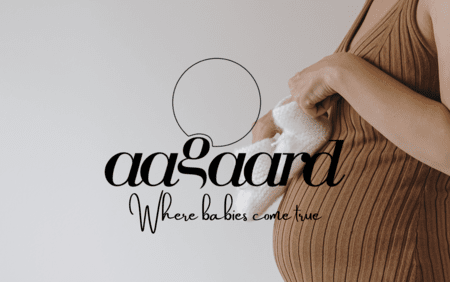Research
Conditional and cumulative live birth rates after blastocyst transfer
We aimed to investigate live birth rate (LBR), cumulative live birth rate (CLBR) for consecutive fresh and frozen-thawed in vitro fertilization (IVF) cycles, and CLBR after an entire IVF programme involving multiple ovarian stimulations using blastocyst transfer only.
Study design
From January 1 st 2014 to December 31 st 2018, we included women aged 18–45 years who initiated IVF or intracytoplasmic sperm injection at Aagaard Fertility Clinic, Denmark. The primary outcome was live birth, and secondary outcomes were a positive hCG blood test and ongoing pregnancy confirmed by ultrasonography. All proportions were estimated for initiated and transferred cycles with 95 % confidence intervals (CI). We used a conservative strategy, assuming that none of the women who did not return for further treatments had a live birth.
Conclusion
Compared to other studies of CLBR after multiple ovarian stimulations using cleavage stage transfer, our study presents a considerable effect in the IVF success rate when using blastocyst transfer only. In a clinical setting, transfer of blastocysts seems to be a viable method.
PHD project at the clinic
A PhD project on men’s semen quality: 1st January 2016 - April 2021 at Aagaard Klinik.
The project is a so-called Industrial PhD Project, which means that the PhD student has a job in the public or private sector while at the same time being enrolled as a PhD student at a university. Anne Sofie Rex is head of daily operations at Skejby CryoBank, she has an MSc in Molecular Biology and since 1 January she’s also a PhD student. Her PhD project is carried out at Aagaard Klinik, and her project will investigate whether there is a connection between DNA fragmentation in sperm cells and their ability to fertilise eggs. The project also intends to investigate whether a diet supplement containing extract of pomegranate and galangal root is able to “heal” some of the fragmentation and thus improve the pregnancy chances of the partner.
Some of her research is carried out in a flow cytometer, which can separate sperm cells and place them in long strands. This allows each sperm cell to be analysed individually. Fluorescent light can reveal the degree of fragmentation in the DNA of the sperm cell. The flow cytometer makes it possible to examine 10,000 individual sperm cells in very short time, giving a very precise picture of the “inner quality” of the sperm cells.
Anne Sofie Rex is enrolled as a PhD student at the University of Southern Denmark. Her PhD project has received funding from, among others, Innovation Fund Denmark, and her main supervisor is Professor Jens Fedder, MD, PhD and Head of Research Unit. Jørn Aagaard, MD, CEO and Head of the Medical Team at Aagaard Klinik is co-supervisor.
We hope that this PhD project will help Aagaard Klinik become even better at helping couples who, for so far inexplicable reasons, fail to get pregnant naturally. It is also hoped that the PhD project will help us offer semen of even higher quality to patients who buy semen straws from the clinic’s own sperm bank, Aagaard Skejby CryoBank.
Anne Sofie got her PhD degree in April 2021 - congratulations!
At Aagaard clinic we believe in constantly improving our results through research and new knowledge
Which is why our diagnostic equipment is always state-of-the-art. For instance, we have an ultrasound scanner (Voluson 730 3D/4D) capable of performing highly advanced scans, which we use for both gynaecological examinations and operations, and for fertility investigation and treatment.
